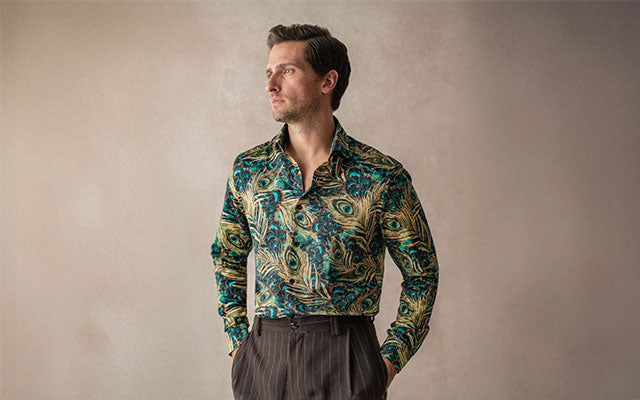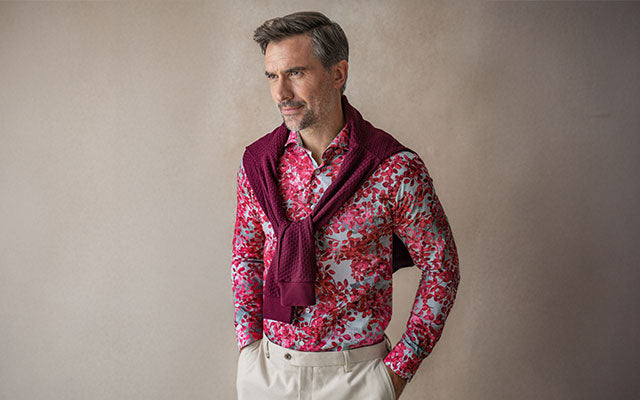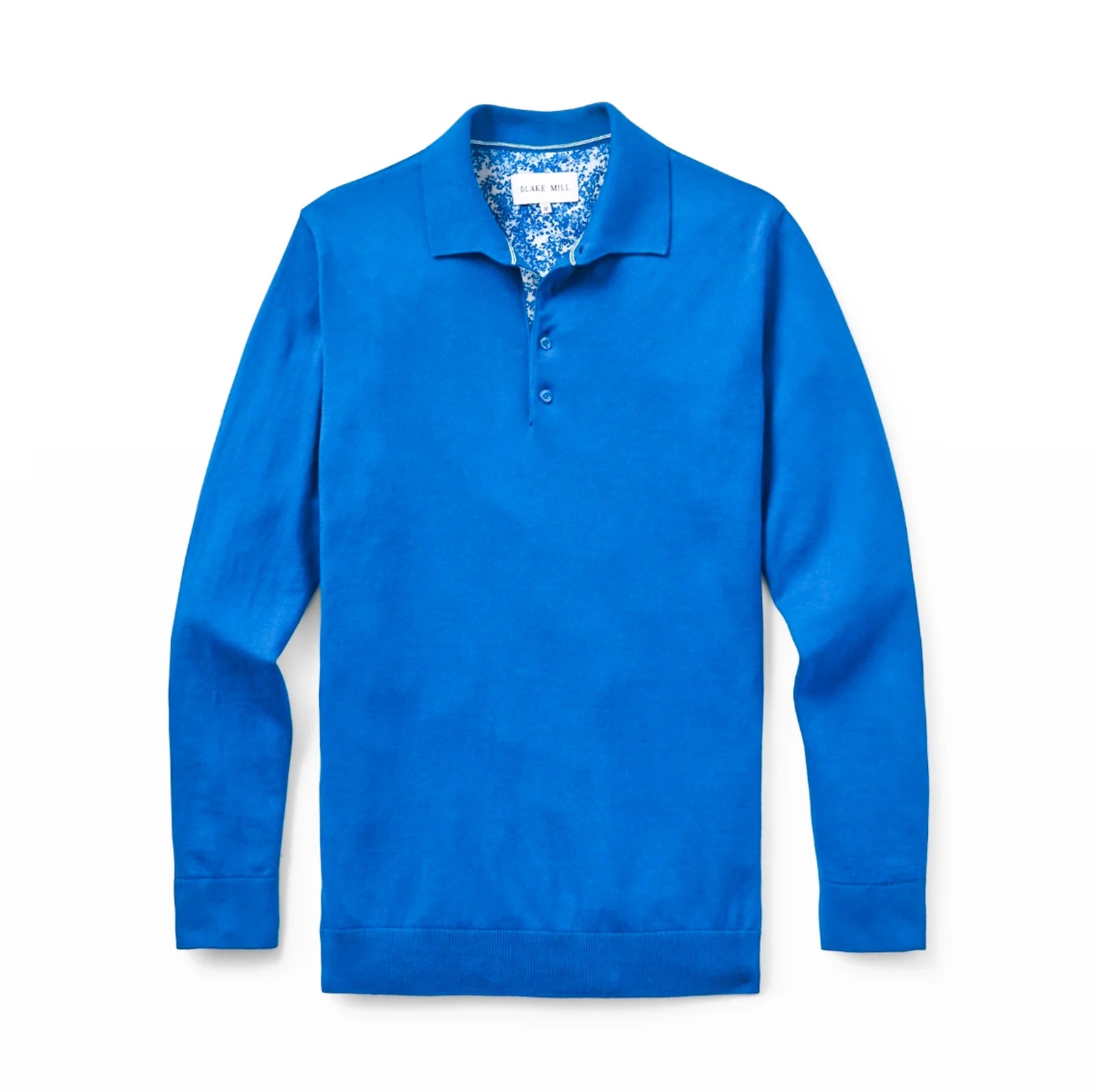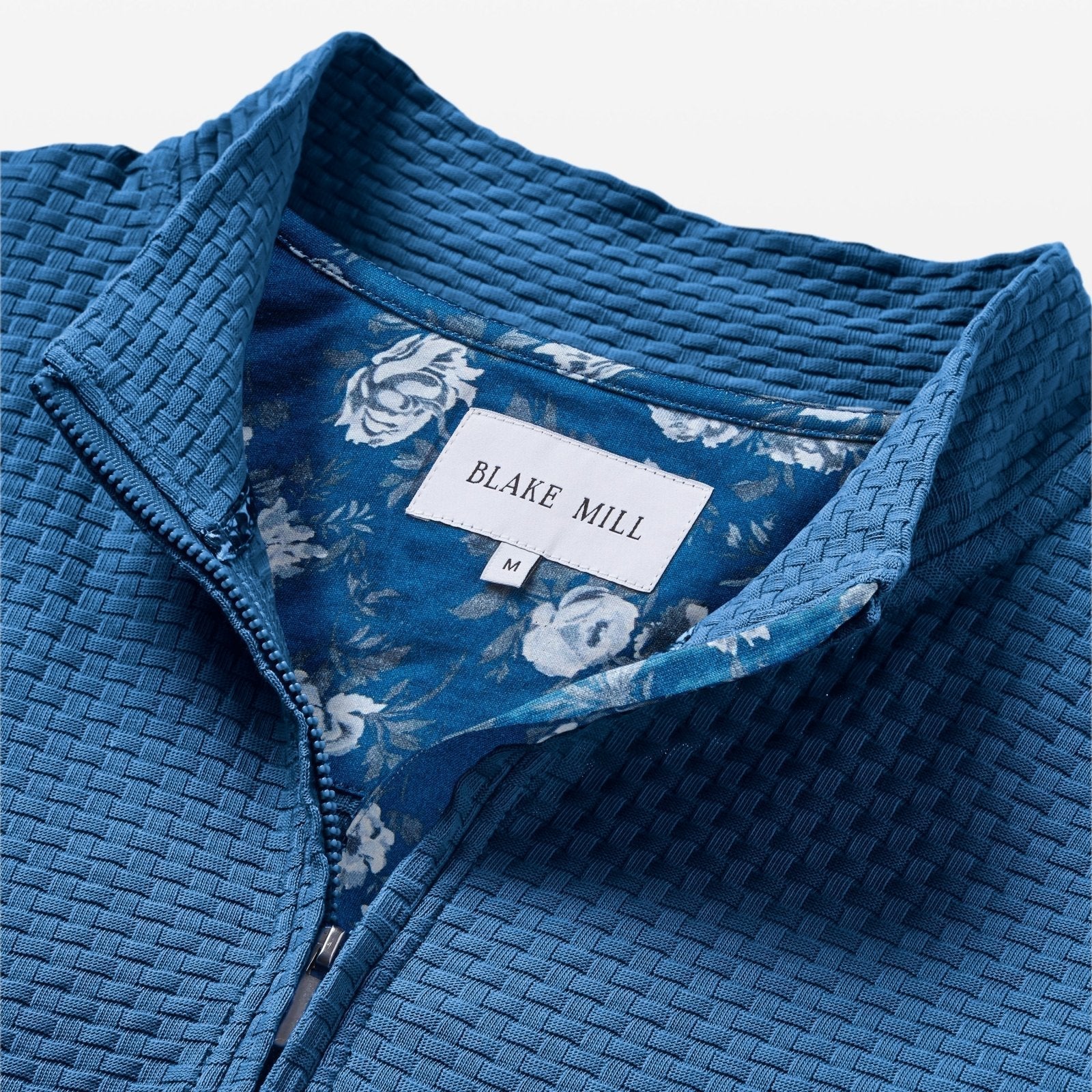Warmth in Winter, Cool in Summer: The Dual Climate Comfort of Cashmere
The Dual Climate Benefits of Cashmere Explained
Cashmere is not just a luxurious and soft fabric, it also has remarkable dual climate benefits that make it the perfect choice for all seasons. One of the key advantages of cashmere is its natural insulation. The fine fibres of cashmere create tiny air pockets that trap heat close to the body, providing exceptional warmth in cold weather.
In addition to its insulation properties, cashmere is also highly breathable. The fibres allow air to circulate, preventing overheating and ensuring optimal comfort in warmer temperatures. This breathability, combined with the moisture-wicking properties of cashmere, helps regulate body temperature and keeps you cool and dry even on hot summer days.
The unique fibre structure of cashmere further enhances its dual climate adaptability. The fibres are hollow, which allows them to trap air and provide insulation in winter, while also allowing for better airflow and breathability in summer. This adaptability makes cashmere a versatile and comfortable choice for year-round wear.
1. Natural Insulation for Winter Warmth
Cashmere is renowned for its exceptional insulation properties, making it the perfect fabric for winter warmth. The fine fibres of cashmere create tiny air pockets that trap heat close to the body, providing excellent insulation against the cold. Here are a few key points about cashmere's natural insulation:
- Cashmere fibres are incredibly fine, which allows them to trap more air and provide better insulation compared to other fabrics.
- The insulation provided by cashmere helps regulate body temperature, keeping you warm and comfortable even in freezing temperatures.
- Cashmere's natural insulation properties make it lightweight and breathable, ensuring that you stay cosy without feeling bulky or overheated.
With cashmere mens jumpers, you can enjoy the luxurious warmth of winter while still looking stylish and feeling comfortable.
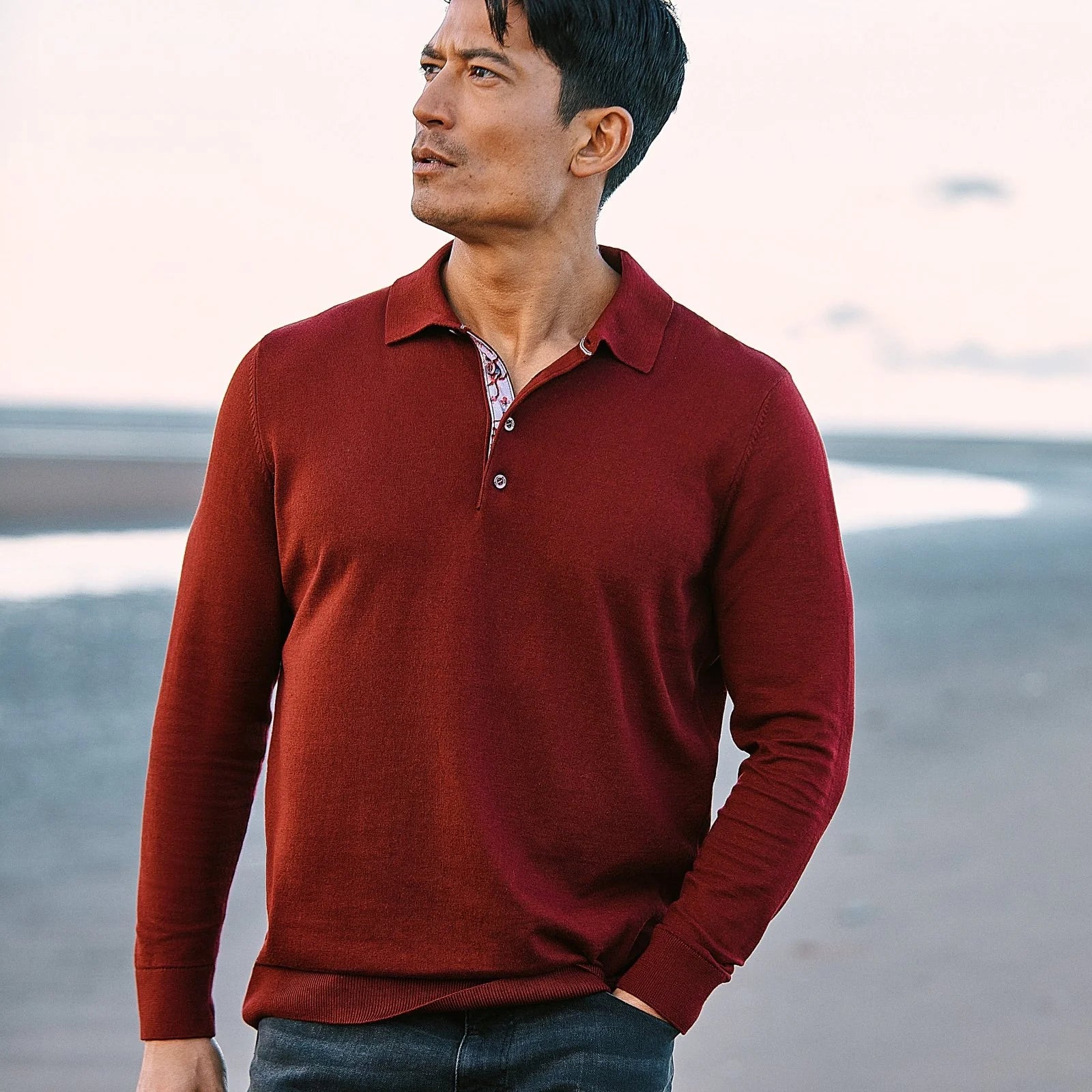
2. Breathability and Moisture Control in Summer
Cashmere is not just for winter wear; it also provides excellent breathability and moisture control, making it ideal for summer. Here are a few key points about cashmere's breathability and moisture control:
- The fine fibres of cashmere allow air to circulate, preventing overheating and keeping you cool in hot weather.
- Cashmere has natural moisture-wicking properties, which means it absorbs moisture from the skin and evaporates it quickly, keeping you dry and comfortable.
- The breathability of cashmere helps regulate body temperature, preventing excessive sweating and ensuring optimal comfort during the summer months.
So, whether you're lounging by the pool or attending a summer event, cashmere will keep you feeling cool, fresh, and effortlessly stylish.
3. How Cashmere Adjusts to Body Temperature
One of the remarkable characteristics of cashmere is its ability to adjust to your body temperature. Whether it's hot or cold outside, cashmere keeps you comfortable by regulating your body heat. Here's how cashmere accomplishes this:
- Cashmere fibres have a unique ability to trap air, providing insulation in colder temperatures. This helps to retain body heat and keep you warm.
- In warmer temperatures, cashmere's breathable nature allows air to circulate, preventing overheating and helping to regulate body temperature.
- Cashmere's adaptability to body temperature makes it a versatile fabric that can be worn comfortably in any climate.
So, no matter the weather, cashmere will keep you feeling just right, providing the perfect balance of warmth and breathability.
4. The Role of Cashmere Fiber Structure in Climate Adaptation
The unique fibre structure of cashmere plays a crucial role in its ability to adapt to different climates. The fine and hollow fibres of cashmere have several benefits that contribute to its climate adaptability:
- The hollow structure of cashmere fibres allows them to trap air, providing excellent insulation in colder climates.
- The hollow fibres also make cashmere lightweight and breathable, allowing for better airflow and ventilation in warmer climates.
- Cashmere's fibre structure gives it the ability to regulate body temperature by adjusting the flow of air and moisture around the body.
This adaptability makes cashmere the perfect choice for year-round comfort, ensuring that you stay cosy in the winter and cool in the summer.
Crafting Comfort: The Process Behind Cashmere Production
The journey of cashmere from raw material to luxurious fabric involves several intricate processes that contribute to its comfort and quality. Cashmere production includes steps such as spinning, knitting, and weaving. Here's a brief overview of the process:
- Spinning: After the cashmere fibres are harvested from the goats, they are carefully cleaned and sorted. The fibres are then spun into yarns, which will be used to create the fabric.
- Knitting and Weaving: Once the yarns are ready, skilled artisans knit or weave them into the desired patterns and textures. This process creates the soft and plush texture that cashmere is known for.
- Finishing Touches: After the fabric is created, it undergoes various finishing processes to enhance its softness, durability, and overall quality.
Each step in the production process is crucial in crafting the ultimate comfort and luxury of cashmere.
1. The Journey from Goat to Garment
To truly appreciate the comfort of cashmere, it's essential to understand its origin. Cashmere is derived from the fine undercoat of cashmere goats. Here's a glimpse into the journey from goat to garment:
- Cashmere goats are primarily found in regions with extreme climates, such as Mongolia and Inner Mongolia. Their undercoat grows during winter to protect them from the cold.
- In spring, when the goats naturally shed their winter coats, the cashmere fibres are collected through a process called combing or shearing.
- The collected cashmere fibres are then cleaned, sorted, and processed to remove any impurities.
- Finally, the processed cashmere fibres are transformed into luxurious garments through spinning, knitting, and weaving techniques.
This meticulous journey from goat to garment ensures that cashmere retains its exceptional softness and comfort.
2. The Art of Spinning Cashmere Yarn
The process of spinning cashmere fibres into yarn is a delicate art that requires skill and precision. Here's how cashmere yarn is spun:
- The cleaned and sorted cashmere fibres are carefully aligned to create a smooth and consistent blend.
- These aligned fibres are then twisted together using a spinning wheel or machine to form cashmere yarn.
- The spinning process determines the thickness and strength of the yarn, which in turn affects the final texture and drape of the fabric.
- Skilled spinners carefully control the tension and twist of the yarn to achieve the desired quality and softness.
The art of spinning cashmere yarn ensures that each strand is fine, lustrous, and capable of providing the ultimate comfort and luxury.
3. Knitting and Weaving Techniques for Optimal Comfort
Skilled artisans use specialised knitting and weaving techniques to transform cashmere yarn into luxurious fabrics that offer optimal comfort. Here's how these techniques contribute to the overall comfort of cashmere:
- Knitting: Cashmere yarn is knitted using various techniques, such as plain knitting or intricate cable knitting. These techniques create a fabric that is soft, stretchy, and cosy, ensuring maximum comfort.
- Weaving: Weaving techniques, such as twill or herringbone, are used to create woven cashmere fabrics. These woven fabrics have a smooth and luxurious feel, providing exceptional comfort.
By employing these techniques, cashmere artisans ensure that the final fabric is not only visually appealing but also incredibly comfortable to wear.
4. Finishing Touches That Enhance Cashmere's Dual Climate Properties
To enhance the dual climate properties of cashmere, various finishing touches are applied to the fabric. These touches not only improve the comfort but also increase the durability of cashmere. Here are some common finishing techniques used:
- Brushing: Cashmere is brushed to remove any loose fibres or imperfections, resulting in a smoother and softer texture.
- Washing and Dyeing: Cashmere is carefully washed and dyed to achieve the desired colours and shades while maintaining the fabric's softness and integrity.
- Blocking: Blocking is used to shape and stretch the cashmere fabric, ensuring a perfect fit and drape.
These finishing touches not only add to the overall appeal of cashmere but also enhance its dual climate comfort, making it the ultimate choice for year-round wear.
Style Meets Functionality: Integrating Cashmere Into Your Wardrobe
Cashmere is not just about comfort; it also adds a touch of elegance and sophistication to any wardrobe. Here's how you can integrate cashmere into your style while enjoying its functionality:
Cashmere essential pieces: Invest in timeless cashmere essentials like sweaters, cardigans, and scarves. These versatile pieces can be dressed up or down and are perfect for layering.
Layering: Cashmere's lightweight and breathable nature make it ideal for layering. Pair a cashmere sweater with a blazer for a stylish and cosy look.
With its combination of style and functionality, cashmere is a wardrobe staple that will elevate your fashion game while keeping you comfortable all year round.
1. Essential Cashmere Pieces for Every Season
When it comes to cashmere, there are a few essential pieces that are perfect for every season. Here are some must-have cashmere items for your wardrobe:
- Cashmere Sweaters: A classic cashmere sweater is a staple for both men and women. It can be worn on its own or layered with other pieces for added warmth and style.
- Cashmere Scarves: A cashmere scarf is not only functional but also adds a touch of luxury to any outfit. It can be worn in all seasons and is perfect for adding a pop of colour to your look.
- Cashmere Cardigans: A cashmere cardigan is a versatile piece that can be worn year-round. It can be layered over a shirt or worn on its own as a lightweight jacket.
By incorporating these essential cashmere pieces into your wardrobe, you'll always be prepared for any season in style.
2. Tips for Layering Cashmere for Year-Round Use
Layering cashmere allows you to maximise its versatility and enjoy its comfort all year round. Here are some tips for layering cashmere:
- Start with a lightweight cashmere base layer, such as a camisole or a long-sleeve top.
- Add a cashmere cardigan or sweater over the base layer for added warmth and style.
- For colder weather, layer a cashmere coat or jacket on top for ultimate cosiness.
- Mix and match different colours and textures of cashmere to create a visually interesting and chic layered look.
By layering cashmere, you can adapt to changing weather conditions while staying stylish and comfortable throughout the year.
3. Maintaining the Quality of Your Cashmere Over Time
To ensure the longevity and quality of your cashmere garments, proper maintenance is essential. Here are some tips to keep your cashmere looking and feeling its best:
- Hand wash your cashmere items in cold water using a gentle detergent.
- Avoid wringing or twisting the fabric; instead, gently squeeze out excess water and lay flat to dry.
- Store cashmere items folded rather than hanging to prevent stretching.
- Invest in a cashmere comb to remove any pilling or fuzziness that may occur over time.
By following these maintenance tips, you can enjoy the luxurious comfort and quality of your cashmere garments for years to come.
4. Sustainable and Ethical Considerations in Cashmere Fashion
When purchasing cashmere, it's important to consider sustainability and ethical practices. Here are some factors to keep in mind:
- Look for brands that prioritise sustainable and ethical sourcing of cashmere. This includes supporting fair trade practices and ensuring the welfare of cashmere goats.
- Choose high-quality cashmere garments that are designed to last, reducing the need for frequent replacements.
- Consider purchasing vintage or second-hand cashmere items to reduce waste and extend the lifespan of these luxurious pieces.
By making conscious choices, you can enjoy the comfort and style of cashmere while supporting sustainable and ethical fashion practices.
Beyond Comfort: The Health and Wellness Benefits of Cashmere
Cashmere not only provides dual climate comfort but also offers several health and wellness benefits. Here's how cashmere can enhance your well-being:
- Skin-Friendly Properties: Cashmere is naturally hypoallergenic and gentle on the skin, making it the perfect choice for individuals with sensitive skin.
- Stress Reduction: The soft and luxurious touch of cashmere can help reduce stress and promote relaxation.
- Comfort-Enhancing Qualities: The exceptional softness and comfort of cashmere can boost overall well-being and enhance the quality of sleep.
So, not only does cashmere keep you comfortable in any climate, but it also contributes to your overall health and wellness.
1. Skin-Friendly Properties for Sensitive Individuals
Cashmere is known for its skin-friendly properties, making it an ideal choice for individuals with sensitive skin. Here's why:
- Cashmere fibres are extremely fine and soft, minimising the risk of irritation or itching.
- The natural hypoallergenic properties of cashmere make it unlikely to cause allergic reactions.
- Cashmere's breathability and moisture-wicking abilities help keep the skin dry and comfortable.
By choosing cashmere, individuals with sensitive skin can enjoy the luxurious comfort of this fabric without any discomfort or irritation.
2. Stress Reduction and Comfort-Enhancing Qualities
The soft and luxurious feel of cashmere can have a positive impact on stress reduction and overall well-being. Here's how cashmere enhances comfort and reduces stress:
- Cashmere's exceptional softness provides a tactile sensation that promotes relaxation and reduces stress levels.
- The cosy and comforting nature of cashmere helps create a sense of calm and tranquillity.
- Wearing cashmere can enhance the quality of sleep, leading to better overall mental and physical well-being.
By surrounding yourself with the luxurious comfort of cashmere, you can improve your stress levels and enhance your overall sense of well-being.
3. The Psychological Impact of Luxury on Well-being
The luxurious nature of cashmere can have a positive psychological impact on your well-being. Here's how luxury contributes to your overall happiness:
- The indulgence of wearing cashmere can boost self-confidence and enhance mood.
- The association of cashmere with luxury and high-quality materials can evoke feelings of joy and contentment.
- The feeling of being pampered and cared for by wearing cashmere can improve overall well-being.
By incorporating luxury into your everyday life through cashmere garments, you can experience a boost in happiness and well-being.
If you are looking to layer your winter clothes, check out our guide, 'Winter Layering Mastery: Combining Shirts and Jerseys'
4. Cashmere's Contribution to Sustainable Living Practices
Cashmere can also contribute to sustainable living practices. Here's how:
- Cashmere is a natural and renewable resource, as it is derived from cashmere goats through a sustainable harvesting process.
- High-quality cashmere garments are designed to last, reducing the need for frequent replacements and minimising waste.
- Choosing ethically sourced and produced cashmere supports sustainable farming practices and fair trade.
By opting for sustainable cashmere options, you can enjoy the comfort and luxury of this fabric while minimising your environmental impact.
Frequently Asked Questions
What Makes Cashmere Ideal for Both Warm and Cool Climates?
Cashmere's natural insulation and breathability make it ideal for both warm and cool climates. The fine fibres trap air for warmth in cold weather and allow air circulation for cooling in hot weather.
How Do I Care for My Cashmere Garments to Ensure Longevity?
To care for cashmere garments, hand wash them in cold water with a gentle detergent, avoid wringing or twisting, and lay flat to dry. Store folded to prevent stretching and invest in a cashmere comb to remove any pilling.
Can Cashmere Be Ethically Sourced and Produced?
Yes, cashmere can be ethically sourced and produced. Look for brands that prioritise fair trade practices, ensure the welfare of cashmere goats, and promote sustainable farming methods.
What Are the Best Practices for Storing Cashmere Between Seasons?
To store cashmere between seasons, clean it thoroughly, fold it neatly, and store it in a cool, dry place. Avoid hanging cashmere as it can stretch and lose its shape over time.
How Does Cashmere Compare to Other Wool Types in Terms of Comfort and Durability?
Cashmere is known for its exceptional softness and comfort compared to other wool types. It is also more durable and resistant to pilling, ensuring that it maintains its luxurious feel over time.
Are There Eco-Friendly Cashmere Options Available on the Market?
Yes, there are eco-friendly cashmere options available on the market. Look for brands that prioritise sustainable sourcing and production methods, such as using recycled or organic materials, to reduce the environmental impact of cashmere production.
In our next blog you'll learn how to wash and care for cashmere.

